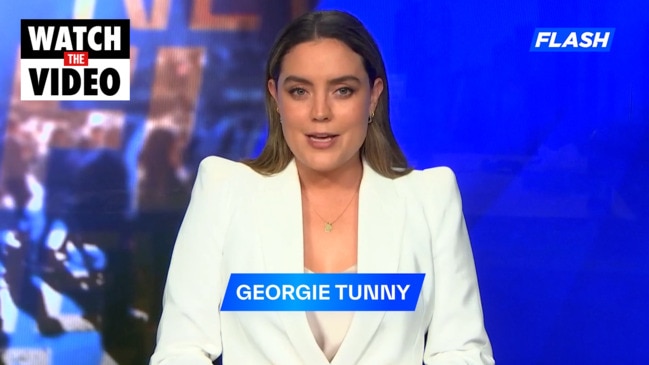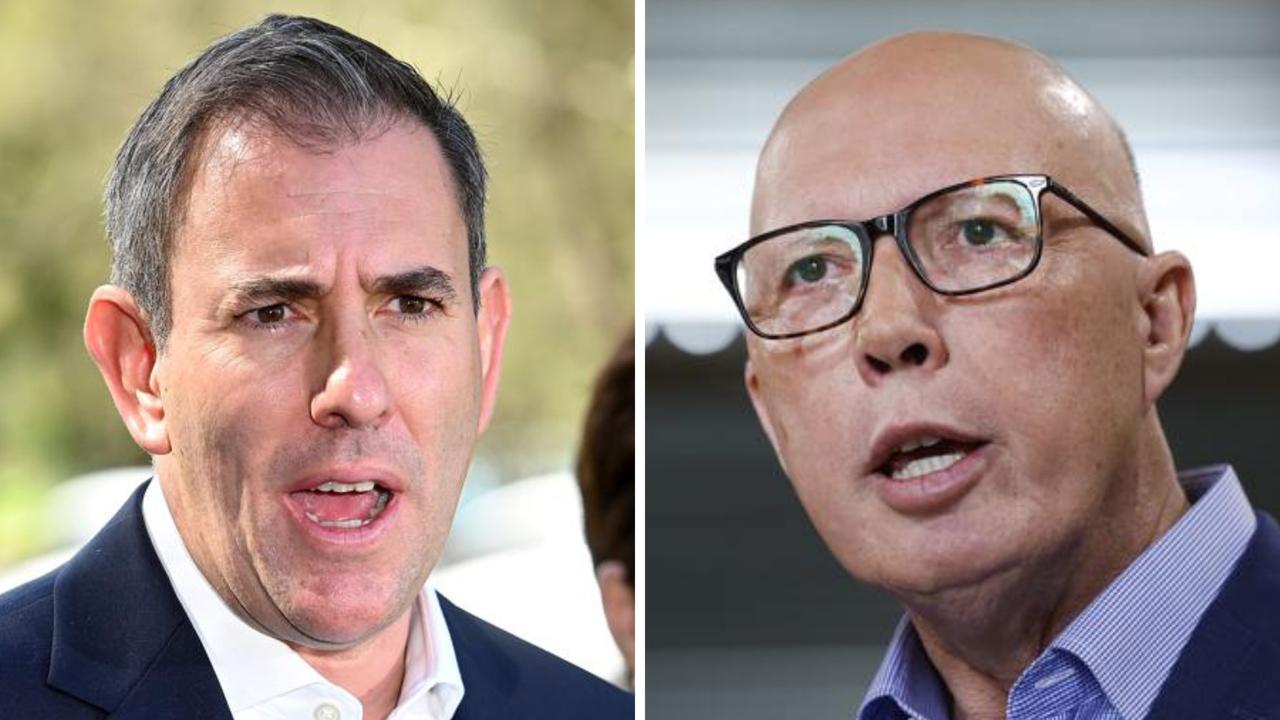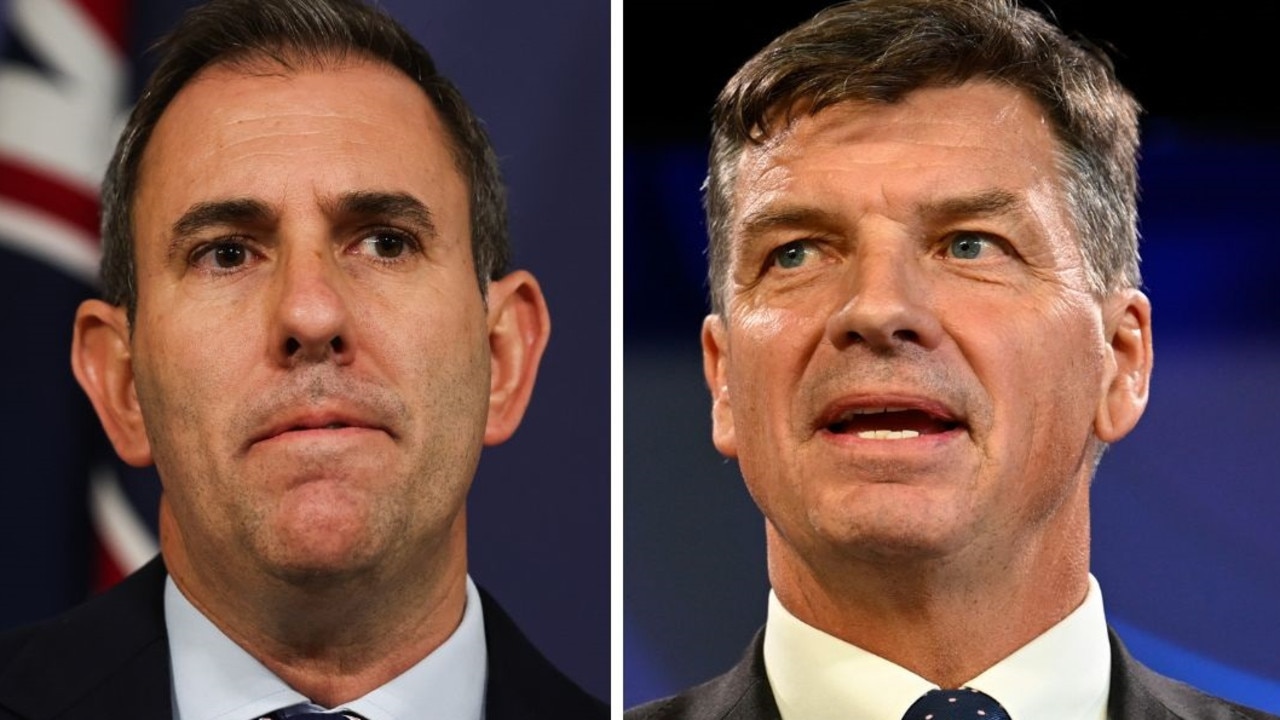Federal Budget 2022: How fuel excise cut delivers less than thought
Slashing the fuel prices at the bowser will be welcomed by millions of motorists — but it comes at a cost.

Federal Budget
Don't miss out on the headlines from Federal Budget. Followed categories will be added to My News.
Slashing Australia’s fuel excise tax is a headline grabber which will be welcomed by motorists who are stinging like they’ve been on the end of a Will Smith right-hander.
But irrespective of the cut, here’s a dirty little secret that may come with more pot holes on your highway: The fuel excise was already not the tax it used to be.
Fuel excise at 44 cents per litre has historically been used as a major contributor to support road infrastructure but as motorists buy more fuel efficient, hybrid and electrical vehicles, the tax delivers less than in previous years.

Australia is a country designed for the motor car but here’s the thing: electric vehicle owners are getting a free ride on the back of motorists, currently experiencing pain at the pump.
This might not seem like a big deal now, with estimates of electric vehicle ownership rates at less than one per cent.
But with sales for the vehicles to continue at double-digit pace, what will replace the fuel excise tax revenue in the long term and keep the potholes out of major roads.
The move to user-pays road pricing is a case of not if but when according to Griffith University economist, Professor Matthew Burke citing moves by the world’s major automakers to favour electric vehicle production.
“Fuel excise will be dead within ten years anyway. Electric vehicles don’t pay it. Australia will have to move to a user-pays road-pricing system based on how far we drive,’’ he said.

“The Budget should include funds to establish a new road pricing authority to help us make that transition sensibly.”
A change in tax may help Infrastructure Australia whose annual reports repeatedly cite a lack of a data around roads.
“Unfortunately, there is still no consolidated national dataset for transport infrastructure maintenance, and guidelines remain ad hoc and do not cover each sector equally or in sufficient detail,’’ the Australian Infrastructure Audit 2019 noted.
The move to a user pay system would provide an incentive for all governments to start to address road maintenance as well.
The Australian Local Government Association estimates that councils spent $8.9 billion on roads in 2018/19 and the figure is set to climb higher with more cars on the road.
The cut to fuel excise might work in the short term but the impact on roads may not be worth it.
Dan Petrie is a data journalist with News Corp Australia. Email: Daniel.Petrie@news.com.au
More Coverage
Originally published as Federal Budget 2022: How fuel excise cut delivers less than thought




